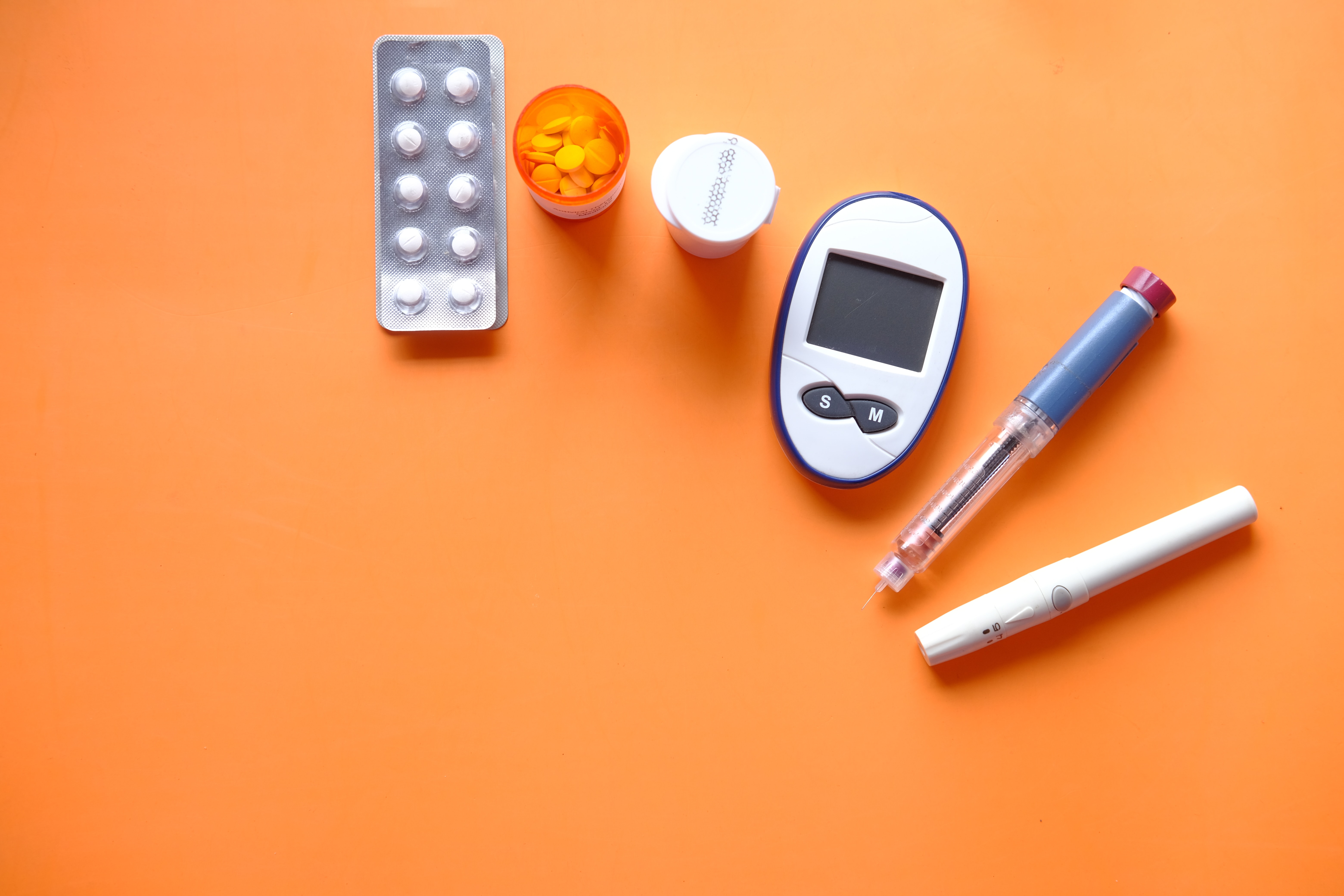Are you pre-diabetic? Reverse it with these 10 lifestyle and dietary changes
You have probably heard the term “blood sugar”, but what does it actually mean? Your blood sugar is the amount of sugar currently circulating in your bloodstream. When you have prediabetes, your blood sugar is higher than it should be, but not yet high en

There are several blood tests for prediabetes.
Glycated hemoglobin (A1C) test
This test indicates your average blood sugar level for the past 2 to 3 months.
In general:
- Below 5.7% is normal
- Between 5.7% and 6.4% is diagnosed as prediabetes
- 6.5% or higher on two separate tests indicates diabetes
Certain conditions can make the A1C test inaccurate — such as if you're pregnant
Fasting blood sugar test
A blood sample is taken after you haven't eaten for at least eight hours or overnight (fast).
In general:
- Less than 100 mg/dL (5.6 mmol/L) is normal
- 100 to 125 mg/dL (5.6 to 6.9 mmol/L) is diagnosed as prediabetes
- 126 mg/dL (7.0 mmol/L) or higher on two separate tests is diagnosed as diabetes
The prediabetes stage is the best time to reverse course. The sooner you start making lifestyle changes, the sooner you will be able to reverse prediabetes and reduce your risk of developing type 2 diabetes.
Make the following lifestyle and dietary changes to reverse pre-diabetes
- Incorporate protein in the diet. Protein slows down the rate at which carbohydrates enter your bloodstream, which keeps blood sugar steadier. Add a protein at every meal to make you feel full and reduce the urge to snack.
- Lose excess body weight. If you are overweight, one of the most effective ways to improve insulin sensitivity, lower your blood sugar, and therefore reverse prediabetes is to shed some weight. It may also help preserve the function of beta cells, which are highly specialized pancreatic cells responsible for insulin production.
- Cannot work out for various reasons? The goal here is to become more active and get moving, so working out isn’t the only option you have to beat prediabetes. Simply walking around for 30 minutes or more a day can have a significant impact when reversing prediabetes. After all, walking is one of the most popular and simplest ways to build more physical activity into your lifestyle.
- Be cautious with carbs (Including Alcohol) Reversing prediabetes starts with healthy eating, and that often means staying away from certain foods that may result in blood sugar spikes.
The first rule of thumb is to cut down on simple carbs and get rid of sweetened beverages altogether. These easy-release carbs are usually loaded with sugar, plus they usually have no protein, fat, or fiber that can help slow down digestion. As such, they cause your blood sugar to skyrocket and, consequently, increase your chances of getting diabetes.
- Stress management- Stress causes the body to release hormones such as adrenaline and cortisol, which may contribute to insulin resistance. Ongoing stress may lead to high blood sugar levels.
- Opt for whole grains. Instead of white refined grains opt for whole grains, which deliver complex carbohydrates that break down more slowly to release glucose in the blood and also have extra fibre also slow down glucose absorption. Try whole wheat, millet, phaphar,dalia, jowar, ragi, bajra, unpolished rice, amaranth.
- Drink plenty water- Water has no calories, no carbs, and no sugar, water is an ideal drink for reversing prediabetes. It’s also a crucial component of a healthy diet or an effective weight loss program. On a more on-topic note, several studies have suggested that water could play a role in controlling blood sugar.
- Quit smoking- Smokers have a high chance of pre-diabetes than non-smokers. High levels of nicotine make it harder for your body to use insulin.
- Get proper sleep- Too little sleep can worsen insulin resistance and make it difficult to control your blood sugar. But you don’t need to be chronically sleep-deprived for sleep to matter to your body. Even sleep deprivation after a few days can decrease insulin sensitivity and impair fasting glucose levels.
- Get regular check-ups. You may want to get your blood sugar checked if you are:
- Overweight
- Over 30 years
- Not very active
- Family history of diabetes
- Have hormonal issues or PCOS
It is important to remember that individual needs and responses can vary, so it's essential to work with a healthcare provider or a registered nutritionist to create a personalized diet plan for managing pre-diabetes.
Making these lifestyle changes can not only help you reverse pre-diabetes but also improve your overall health and reduce the risk of developing type-2 diabetes and related complications.


